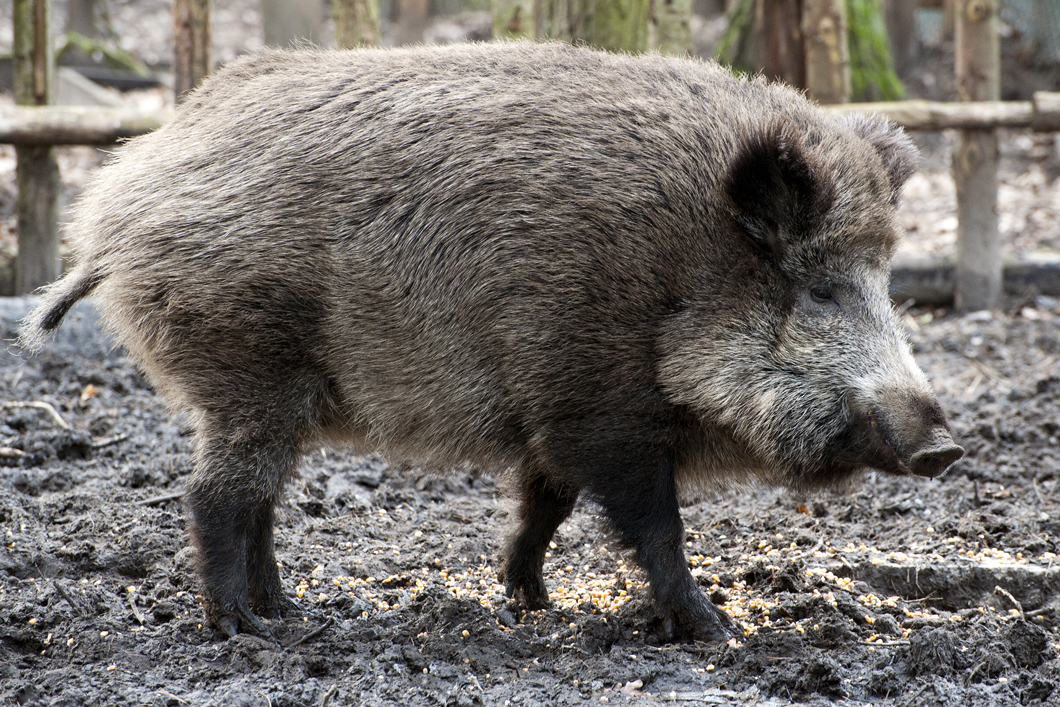
Source: BAM
A virus originally coming from Africa threatens our boars and domestic pigs. Since African swine fever was first detected in Russia in 2007, it has spread steadily to the west. This epizootic disease reached the European Union in 2014; since then numerous cases of infected boars and domestic pigs have been reported, mainly from the Baltic States and Poland. In the Czech Republic the first infected boars were discovered in mid-2017, bringing the virus closer to the German border.
The virus is only dangerous to boars and domestic pigs; humans and other animals cannot get infected. However, humans can spread the epidemic on their shoes and clothing or food thrown away carelessly for example.
Requirements for the safe transport of dead boars
Experts believe it is only a matter of time before the virus reaches Germany. Dead boars have already been tested as a precaution to detect an outbreak as early as possible. If there is any suspicion of infection, safety measures must be taken when transporting the dead animals.
BAM, in consultation with the Federal Ministry of Transport and Digital Infrastructure (BMVI) and the Robert Koch Institute (RKI), has therefore issued a General Permission that specifies the conditions under which the carcasses or parts thereof may be transported by road.
Since the animal epidemic is mainly transmitted via blood and other bodily fluids, the carcasses must be packaged for transport in such a way that liquids are retained effectively. For example suitable packaging is tubs, lidded drums or other rigid containers. If a lid is missing, the container must be covered with sturdy foil or a tarpaulin. The foil or tarpaulin must be attached to the container by adhesive tape or by another suitable method.

Electron micrograph of the African swine fever virus
Source: Friedrich-Loeffler-Institut
The General Permission enters into force with immediate effect.


